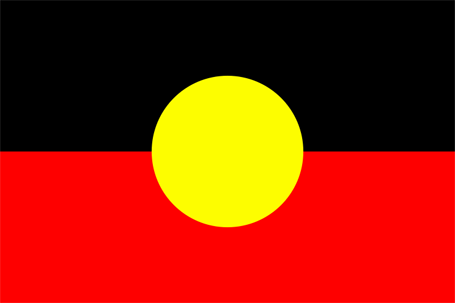- convicts: historical background (have a look at the TIMELINE), settlement, life conditions, pardons and famous prisoners
- convicts in popular culture: songs, stories, art
- the impact of convict past on Aussie mentality and national pride (concentrate on "social psychology" and "why?" in this article; we'll also touch upon the concept of "mateship")

(the Fremantle Prison flogging post)
CLICK BELOW to read more about:
Convict Daily Life
Convict Biographies
Convict Escapes
(downloadable PDFs)
and...
- crocodiles

(click on the picture)
*







_0.png)
